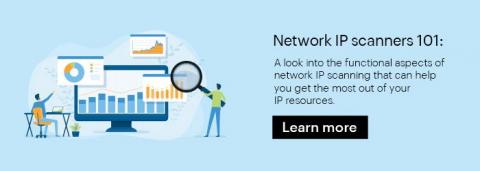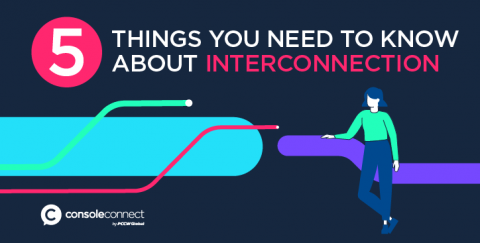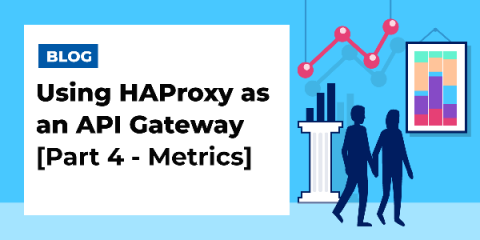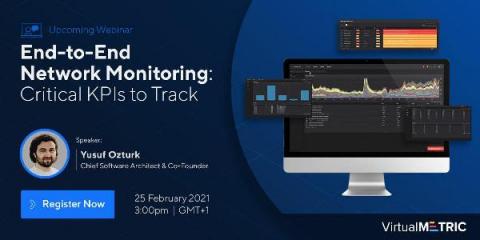How to Monitor Google Network Performance: Google Meet, Google Workspace, Gmail and Google Calendar
Application slowdowns, poor Internet speed, and laggy video calls are always frustrating. Whether you’re working in an office, or working from home, it’s important to keep an eye on the applications that matter most. In this article, we’re teaching you how to monitor the network performance of Google apps, including Google Meet, Google Workspace, Gmail & Google Calendar.









